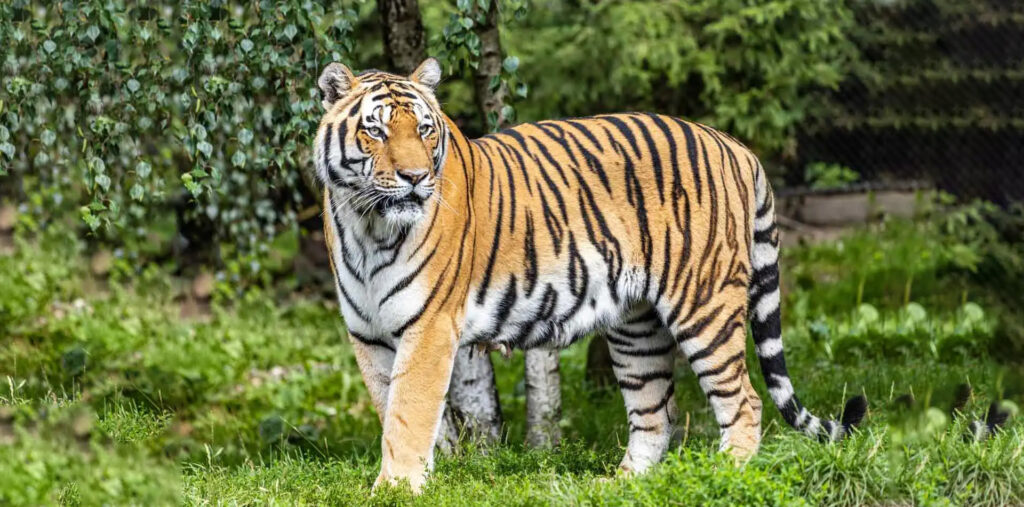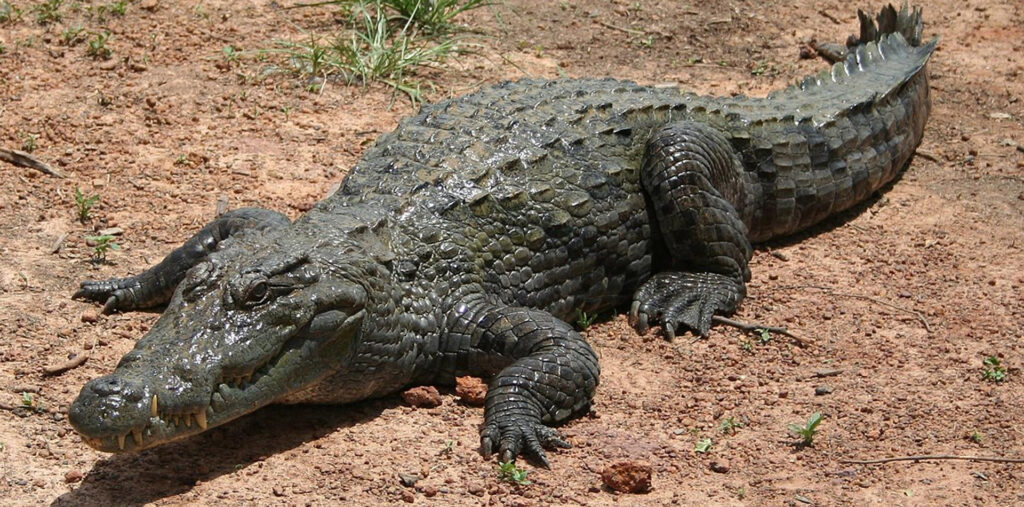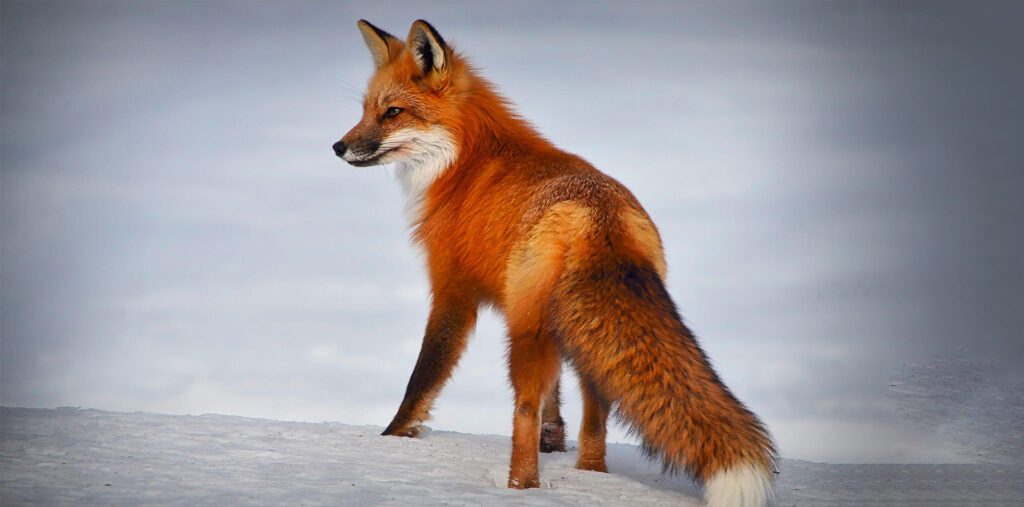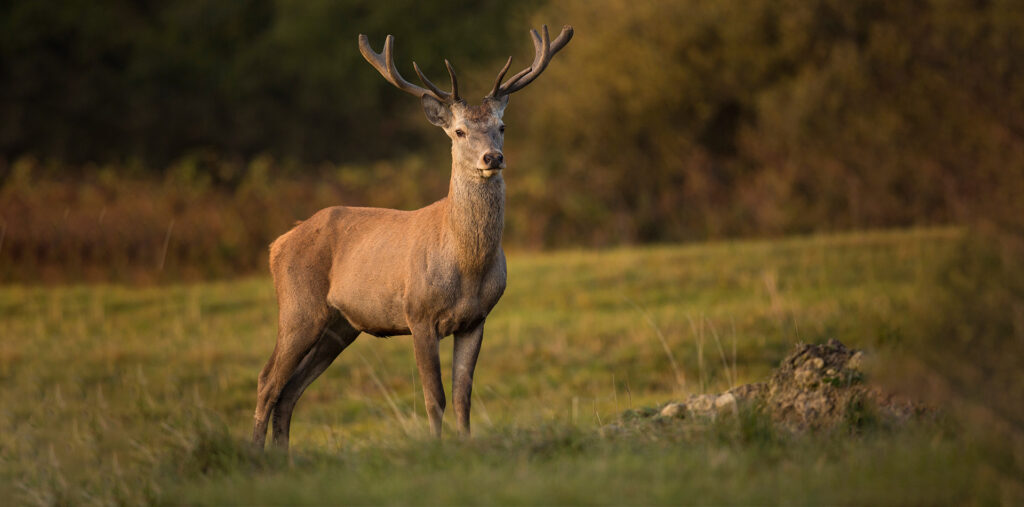Meet with Hornet

Welcome to our exploration of hornets! With their formidable presence and impressive abilities, hornets are among the most intriguing insects in the animal kingdom. From their intricate social structures to their powerful stings, hornets command both respect and fascination. In this “Hornets Unveiled: Exploring the Fascinating World of These Mighty Insects” blog post, we’ll delve into the captivating world of hornets, from their biology and behavior to their ecological significance and interactions with humans.
Biology and Anatomy of Hornets:
Hornets are a type of wasp belonging to the genus Vespa, with several species found worldwide. They are distinguished by their large size, powerful stings, and distinctive black and yellow markings. Hornets have robust bodies, elongated abdomens, and powerful mandibles used for capturing prey and constructing their nests. Unlike bees, which have barbed stingers that remain embedded in their victims, hornets have smooth stingers that allow them to sting repeatedly.
Social Structure and Nesting Habits:
Hornets are social insects that live in colonies consisting of a queen, male drones, and sterile female workers. The queen is responsible for laying eggs and governing the colony, while the workers perform tasks such as foraging for food, caring for the young, and defending the nest. Hornets construct large paper nests made from chewed-up wood fibers mixed with saliva, which are typically found in protected locations such as tree branches, shrubs, or underground burrows.
Behavior and Predatory Habits:
Hornets are formidable predators that feed on a variety of insects, including flies, bees, and caterpillars. They are also known to scavenge for meat and other protein sources, making them efficient hunters and scavengers. Hornets use their powerful mandibles to capture and immobilize prey, delivering venomous stings that paralyze or kill their victims. Once subdued, the hornets carry their prey back to the nest to feed the developing larvae.
Ecological Significance and Human Interactions:
While hornets play a vital role in controlling insect populations and maintaining ecological balance, they can also come into conflict with humans, particularly in urban and suburban areas. Hornets may build their nests in or around homes, leading to concerns about stings and property damage. Additionally, some species of hornets, such as the Asian giant hornet (Vespa mandarinia), have gained notoriety for their aggressive behavior and potentially lethal stings.
Hornets are remarkable creatures that inspire both awe and caution with their impressive size, social structures, and predatory prowess. By understanding more about their biology, behavior, and ecological significance, we can develop a greater appreciation for these mighty insects and learn to coexist with them in harmony. Whether we encounter them in the wild or observe them from a safe distance, hornets remind us of the intricate web of life and the fascinating diversity of the natural world.











